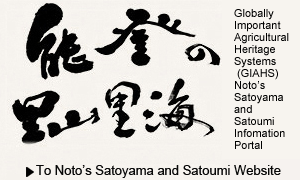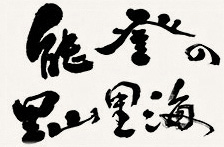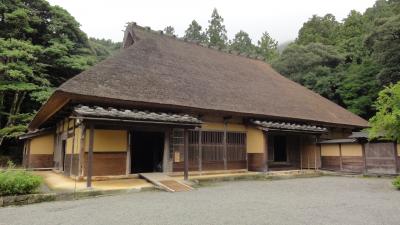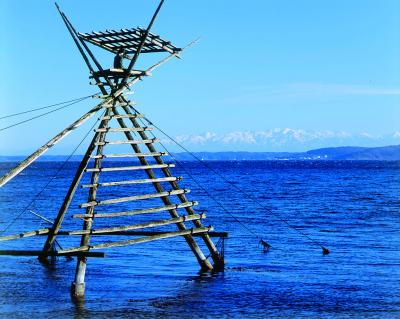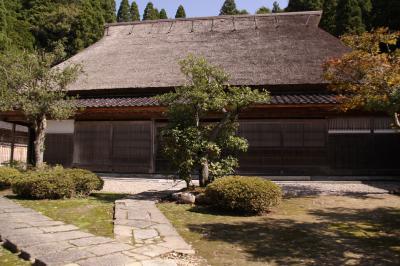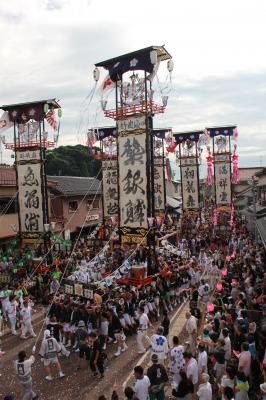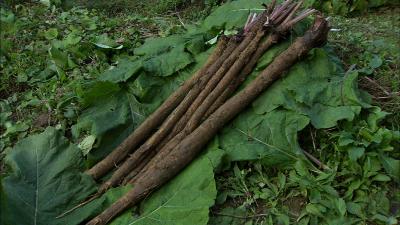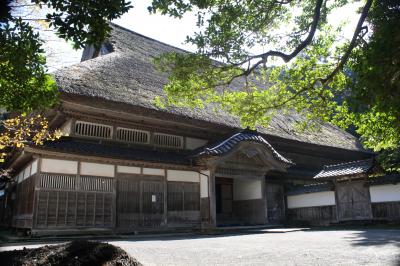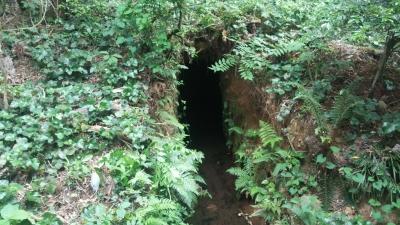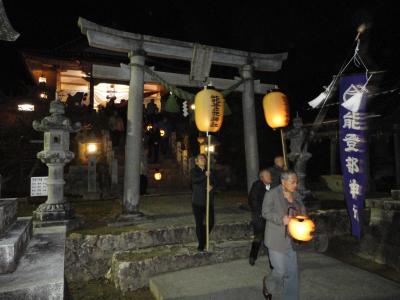
Name
Tokikuni Residence
Category
History
Class
Landmark
Age
17th century~19th century
Designation
・Nationally designated important cultural property: Tokikuni residence (July 1963) ・Nationally designated monument: Garden of Tokikuni House (January 2001) ・Tangible cultural properties designated by Wajima City: Buddhist painting owned by the Shimo-Tokikuni family Color-on-silk statue of Acala with two children (July 1969), Buddhist painting owned by the Shimo-Tokikuni family Gold painting on navy-blue paper of Gorin-to with Sanskrit characters (July 1969)
Comment
The ancestry of the Tokikuni family can be traced back to Taira-no-Tokikuni, the son of Taira-no-Tokisada known as a character in the Tale of the Heike. For generations, the family engaged in large-scale rice-field management, and also maritime trade. In the early Edo period, the family separated into two. The Tokikuni family was the one that had a new house built in the lower reaches of the Machino River in the Kaga domain, which was also called “Shimo-Tokikuni.” The family assumed positions in the administrative system such as Tomura-yaku, Kimoiri, Yamamawari-yaku and Shio-ginmi-yaku from generation to generation. It is said that the house was built around 1670, but we do not know for sure. It is a single-story thatched-roof house with a half-hipped roof and a simple, archaic atmosphere. It has a characteristic that is typical of a large farmhouse in northern Noto: the dirt-floor space takes up nearly half of the front part of the house. One can imagine how life was here with a lot of servants hard at work. The house has been designated as a national important cultural property, and the shoin garden (strolling garden with a pond) as a national scenic spot.
Material Link
Views
Access number:12094

